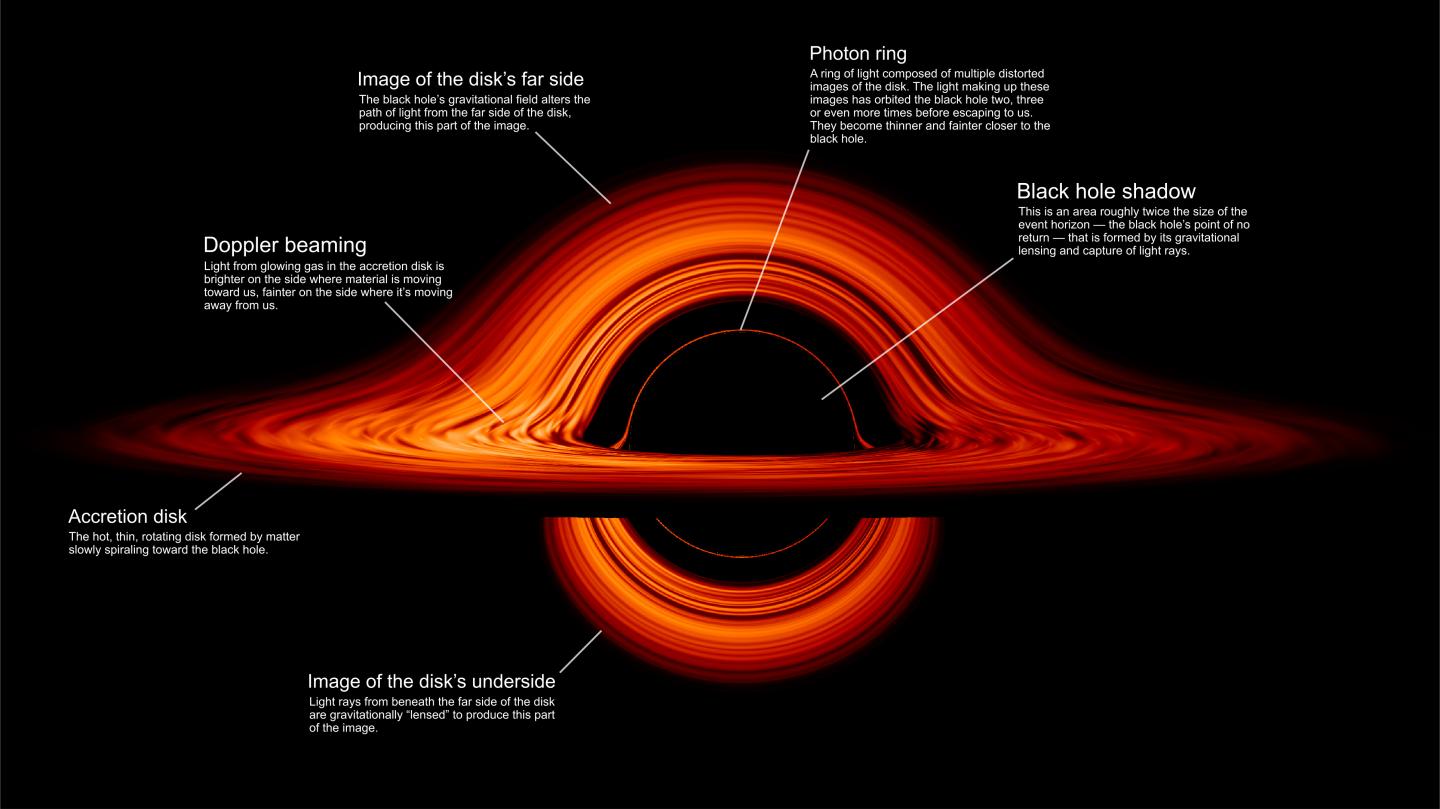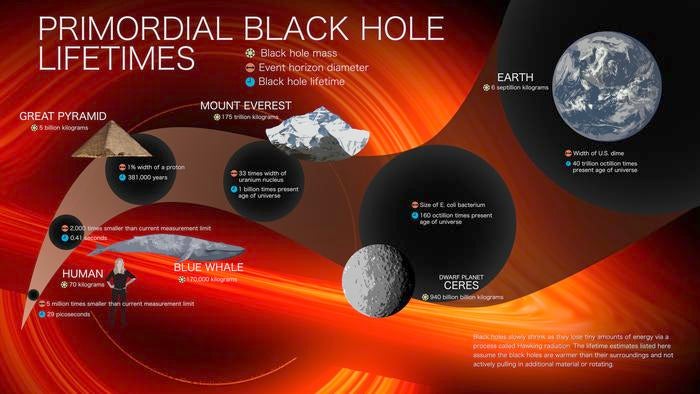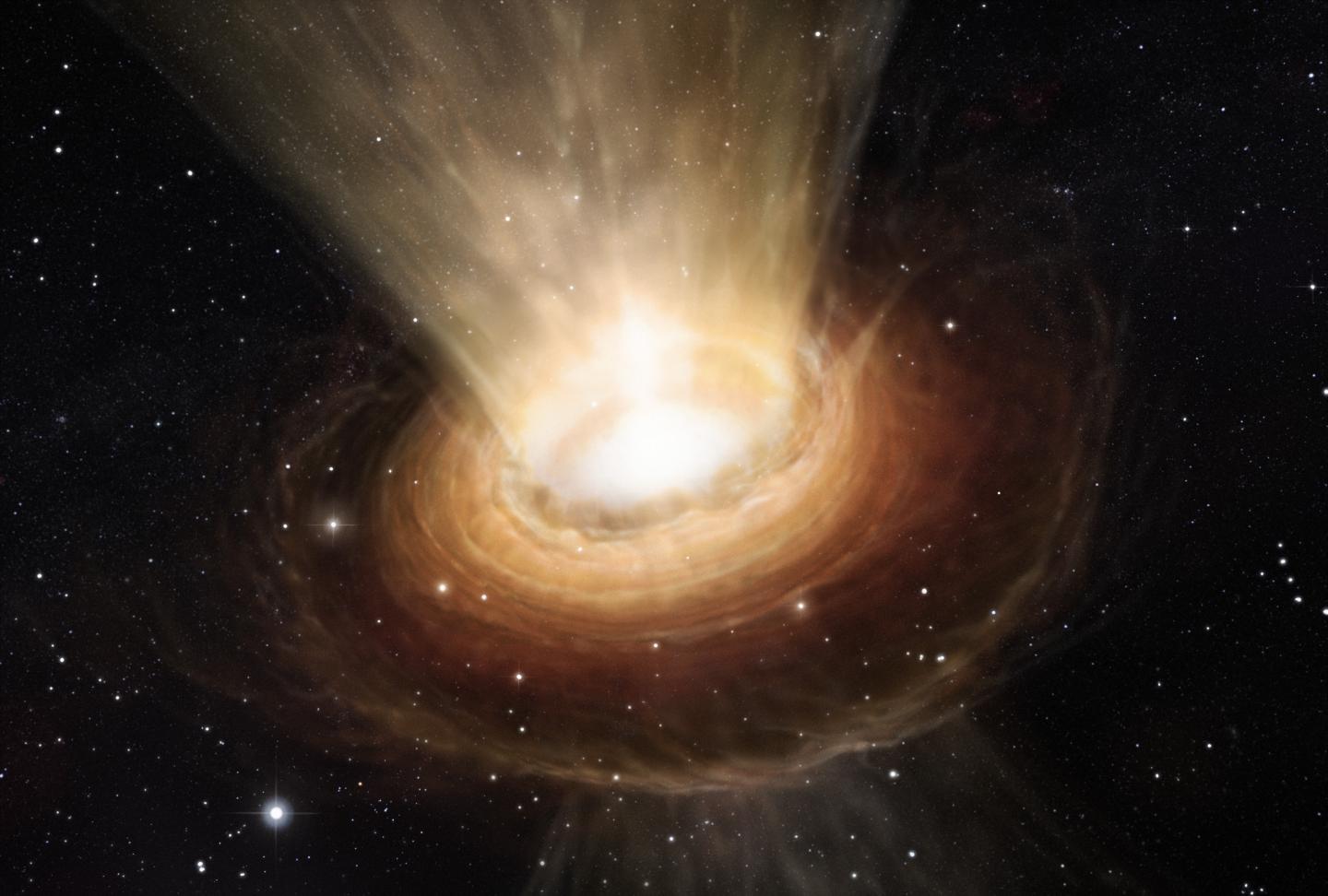Strange black hole ‘moons’ could be sign of advanced aliens, study says
Mini black hole system can power roaming rogue planets without their own star, research says
Your support helps us to tell the story
From reproductive rights to climate change to Big Tech, The Independent is on the ground when the story is developing. Whether it's investigating the financials of Elon Musk's pro-Trump PAC or producing our latest documentary, 'The A Word', which shines a light on the American women fighting for reproductive rights, we know how important it is to parse out the facts from the messaging.
At such a critical moment in US history, we need reporters on the ground. Your donation allows us to keep sending journalists to speak to both sides of the story.
The Independent is trusted by Americans across the entire political spectrum. And unlike many other quality news outlets, we choose not to lock Americans out of our reporting and analysis with paywalls. We believe quality journalism should be available to everyone, paid for by those who can afford it.
Your support makes all the difference.Advanced alien civilisations, if they exist, could satisfy the energy needs of their home planet by migrating near miniature black holes and trapping the potentially unlimited energy around them, according to a new study.
Such black hole “moons” could be telltale sign of advanced aliens, and may be used to look for life outside the Solar System, Harvard astrophysicist Avi Loeb says in the study.
Black holes are known to emit photons and large sub-atomic particles, collectively known as Hawking Radiation, named after legendary physicist Stephen Hawking who first theorised the process.
In 1974 he suggested that such a black hole could shine on its own even without an external fuel supply.

The new study, published in the journal Research Notes of the American Astronomical Society, considers the possibility of a sufficiently technologically advanced alien civilisation creating and tapping its own “mini” black hole for its energy needs.
In this system, aliens may utilise the momentum of the rotating disc of matter around such a black hole to produce energy.

Alternatively, Dr Loeb says they could feed matter into the black hole and harness the resulting Hawking Radiation.
The Harvard scientist estimates that such a black hole, created to suit this energy-generating purpose, would weigh just 100,000 tonnes.

This is so small that black holes of this size may evaporate in under a year and a half if left unchecked, but they can be maintained by throwing small amounts of matter into it, he says.
In exchange for the matter thrown into it – which can even be the waste produced by the civilisation – such a black hole can provide “an endless supply of power”, Dr Loeb says.
“This black hole system is the most efficient engine I ever thought about. The fuel is converted to energy with perfect efficiency of 100 per cent as the mass falling into the black hole is ultimately coming out as Hawking Radiation,” he says.
“The only other method for converting mass to radiation with this efficiency is matter-antimatter annihilation,” the Harvard researcher added.
This kind of black hole system can power roaming rogue planets without a star, which are otherwise frozen and uninhabitable.
However, Dr Loeb says there are also major challenges aliens living on such a planet could face.

Creating a mini black hole of 100,000 tonnes requires compressing matter or radiation to a density that is 60 orders of magnitude above that of solid iron, the study noted.
Such black hole-planet systems, if they exist in the universe, could be signatures similar to hypothesised Dyson Spheres proving the presence of advanced aliens, Dr Loeb says.
“If we ever detect a rogue rocky planet illuminated by a gamma-ray moon with no stellar-mass companion, we would need to consider the possibility that the source was created by a highly advanced technological civilization,” he said.
“There is no better marker of technological innovation than creating a furnace out of spacetime curvature in the form of a mini black hole,” the Harvard scientist said.

Join our commenting forum
Join thought-provoking conversations, follow other Independent readers and see their replies
Comments